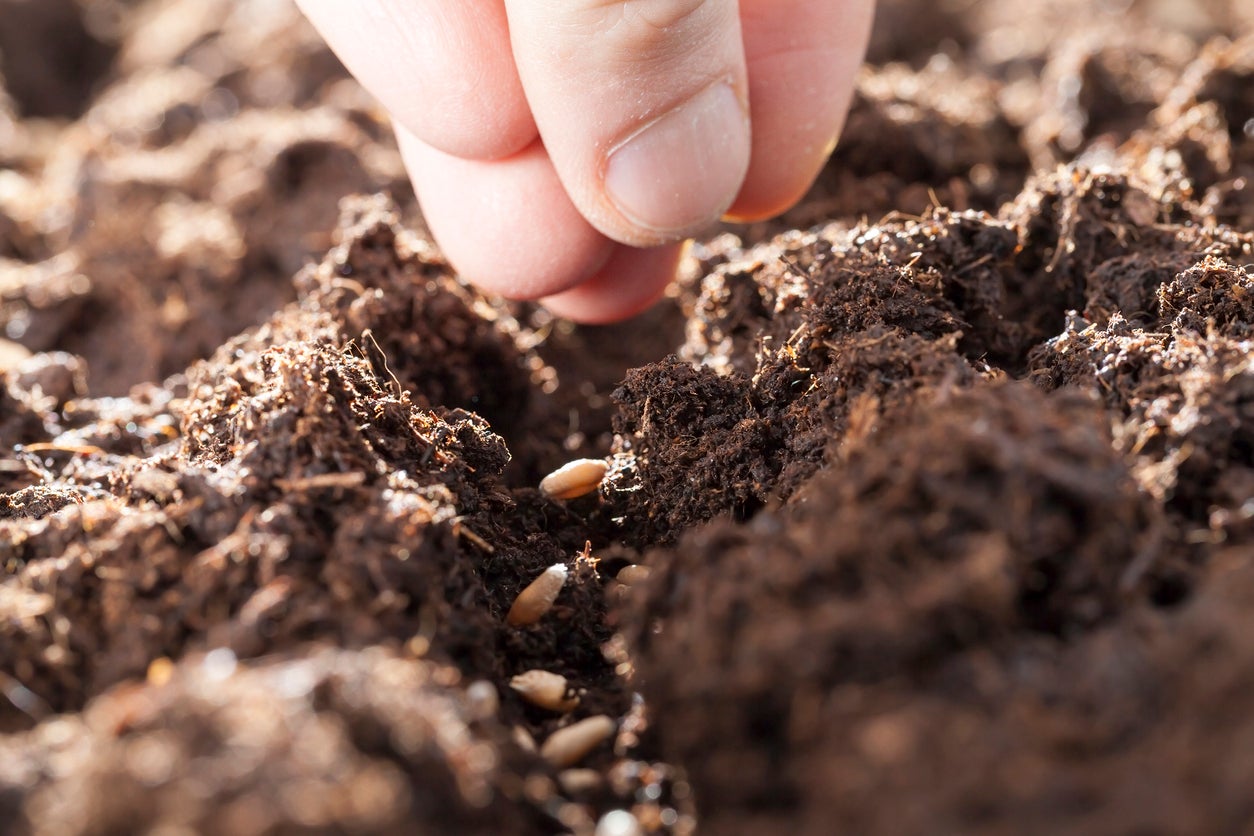South Central Gardening: When To Plant Fall Crops For South Central U.S.


Fall planting in southern states can yield crops well past the frost date. Many cool-season vegetables are frost hardy and harvests can be extended with the use of cold frames and row covers. Let’s learn more about planting fall crops for South Central U.S. regions.
About South Central Fall Planting
The U.S. has many gardening regions. What and when to plant for southern winter crops vary but typical fall crops for South Central U.S. include frost-tolerant vegetables such as:
- Beets
- Broccoli
- Brussels sprouts
- Cabbage
- Carrot
- Cauliflower
- Chard
- Collard
- Garlic
- Kale
- Lettuce
- Mustard
- Onion
- Parsley
- Spinach
- Turnip
Frost-susceptible vegetables include:
Group those together so they can be removed easily after a killing frost.
Planting dates vary widely in the South Central region. For example, in Texas’ multiple zones, planting dates range from June to December. For recommended planting dates and vegetable varieties, visit your county extension office or their websites for downloadable garden guides. Timing is crucial in when fall planting in southern states, especially those having a number of growing zones.
South Central Gardening Tips
Seed germination can be tough in late summer’s dry, hot soil, so transplants could be a better option to get a jump on the season. If you plan to direct seed, try planting them in soil arranged in furrows. Drop the seeds in the furrow and cover lightly with soil. The higher soil on each side will provide some shade to the seeds and protection from drying wind. Or plant seeds in trays indoors about a month ahead of planting time. Allow the seedlings to harden off by moving them outside into a shady area first, for about a week. Then move them to the desired sunny location.
Make sure the planting site receives full sun, six to eight hours a day, and well-drained soil enriched with amendments. Fertilize with cow or horse manure or commercial fertilizer such as 10-20-10.
Gardening tips, videos, info and more delivered right to your inbox!
Sign up for the Gardening Know How newsletter today and receive a free copy of our e-book "How to Grow Delicious Tomatoes".
Plenty of water should be available when rain is not enough. A drip irrigation system provides water right where it is needed and reduces wasteful runoff.
Young plants can scorch in late summer’s sun, so it may be necessary to cover the plants with screening for afternoon shade protection. Mulch can also cool the soil and prevent excessive water evaporation.
Your efforts will be rewarded with fresh vegetables throughout fall and into the winter.

After graduating from Oklahoma State University with a degree in English, Susan pursued a career in communications. In addition, she wrote garden articles for magazines and authored a newspaper gardening column for many years. She contributed South-Central regional gardening columns for four years to Lowes.com. While living in Oklahoma, she served as a master gardener for 17 years.